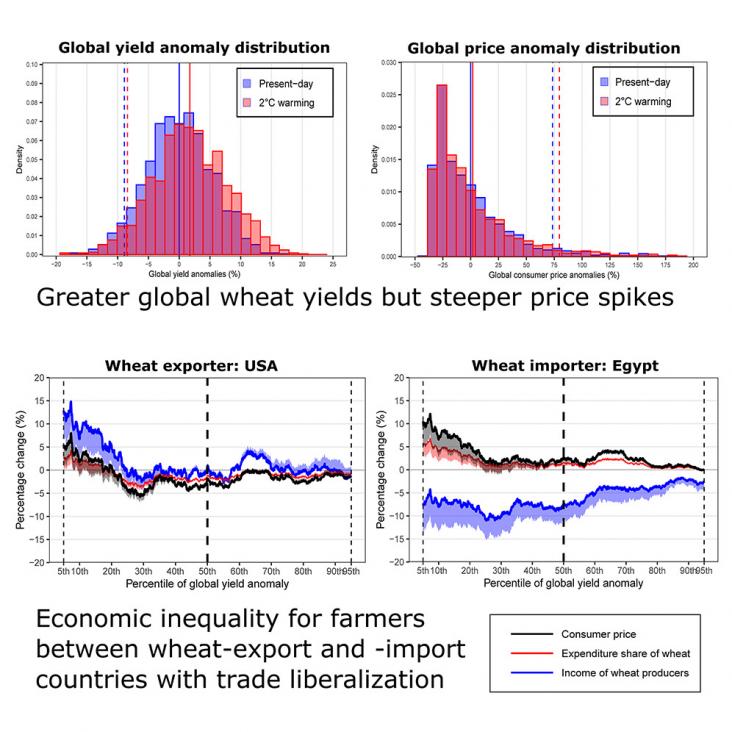This article brings us a step closer to bringing clean drinking water to the world by detecting key harmful microbes.
Future sustainable food systems should more efficiently use natural resources and reduce food waste.
This paper highlights that despite living in a rich biodiverse food environment, there was poor access to diverse food sources and suboptimal consumption of balanced diets among Munda tribal women, thus contributing to high nutrient inadequacies. However, women who had better Indigenous Food (IF) consumption and dietary diversity demonstrated better nutrient intakes, especially for micronutrients. The paper is specific to Munda women of Jharkhand and may not be generalizable but the factors that affected the food consumption and nutritional status in this community, could help in understanding the contribution of the IF environment in addressing malnutrition of other indigenous communities living in similar geographical terrains of India.
Elsevier,
Josiah O. Kuja, Anne W.T. Muigai, Jun Uetake, Chapter 8 - Metagenomics: A resilience approach to climate change and conservation of the African Glacier biodiversity, Editor(s): Catalina Lopez-Correa, Adriana Suarez-Gonzalez, In Translational and Applied Genomics, Genomics and the Global Bioeconomy, Academic Press, 2023, Pages 153-173, ISBN 9780323916011
This content aligns with Goal 15: Life on Land and Goal 2: Zero Hunger by investigating how new genomic applications can leverage agricultural production and how the utilization of bioresources like cold-active enzymes and freeze-resistant proteins from glaciers may help develop more drought-resilient plants.
Edible macroalgae (i.e., ‘seaweeds’) are a nutritious and sustainable alternative to animal-based proteins.

Big Earth Data infrastructure must further condense and abstract common workloads and application models with consideration for the features of Big Earth Data and the typical needs of SDG-related applications.Systems should be designed and built based on benchmarks, with integration and scheduling of services and resources as a central focus (e.g., high-performance, high-throughput, intelligent computing and cloud services). Focusing on transparent data access and efficient data circulation will help integrate software and hardware for increased performance, capacity, and flexibility.
Orphan crops are crops hold little significance at the global scale but play vital role in the food and nutrition security in the developing world.
This article contributes to the debate around the use of participatory approaches by giving a tool (cameras) to the most marginalized to revitalize traditional foods (mostly nonmarket and even noncultivated) as a response to food insecurity and possibly malnutrition.
Elsevier,
New Aspects of Meat Quality (Second Edition): From Genes to Ethics, Woodhead Publishing Series in Food Science, Technology and Nutrition, 2022, Pages 533-557
Insects are becoming an increasingly attractive option as a sustainable food source, both for humans and animals. This chapter covers this growing area of interest in the research community as well as the challenges of farming and harvesting insects for food.

The paper shows that future global wheat prices will exhibit steeper spikes at 2°C global warming despite a 1.7% increase in production, increasing inequalities.
